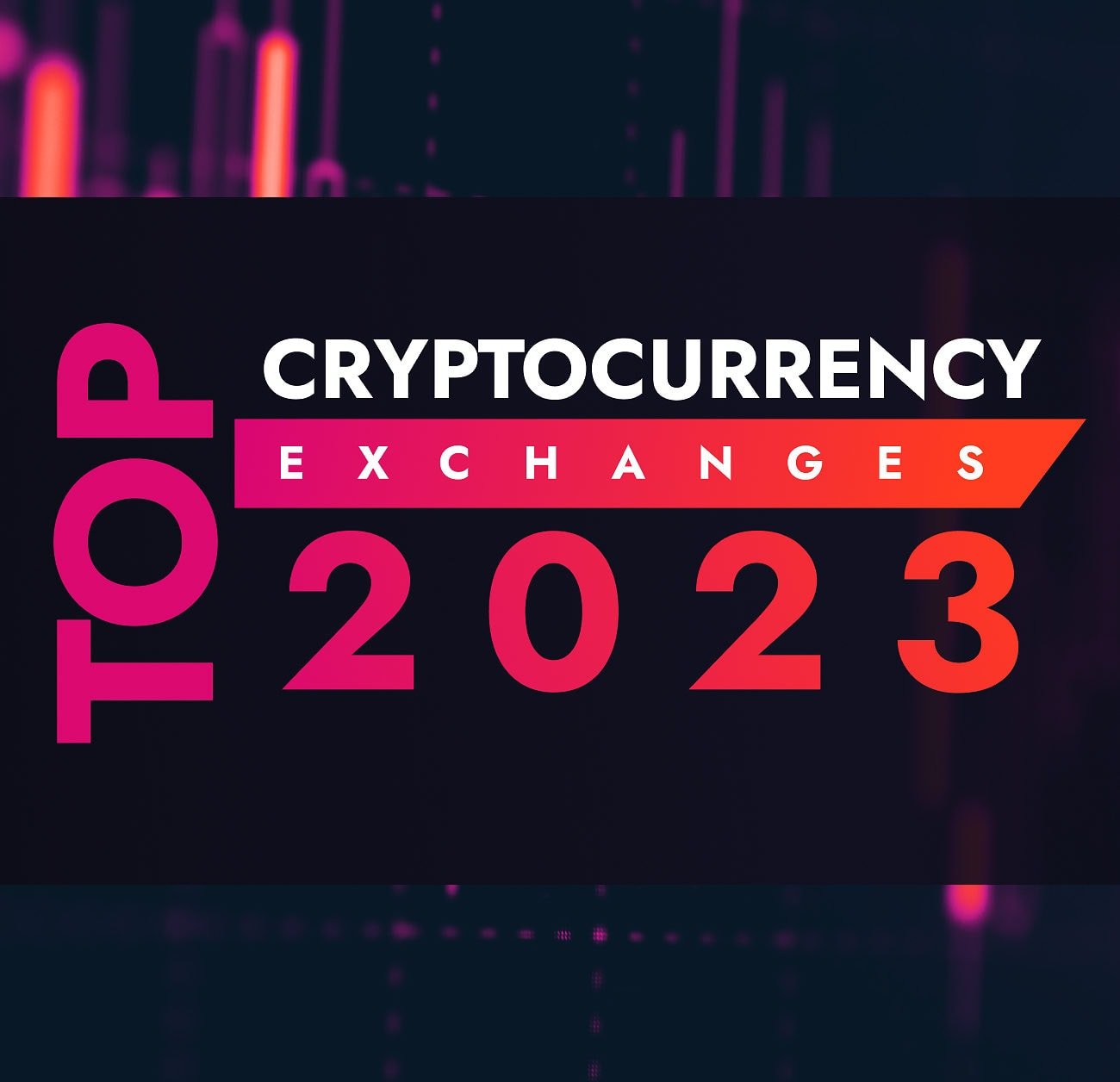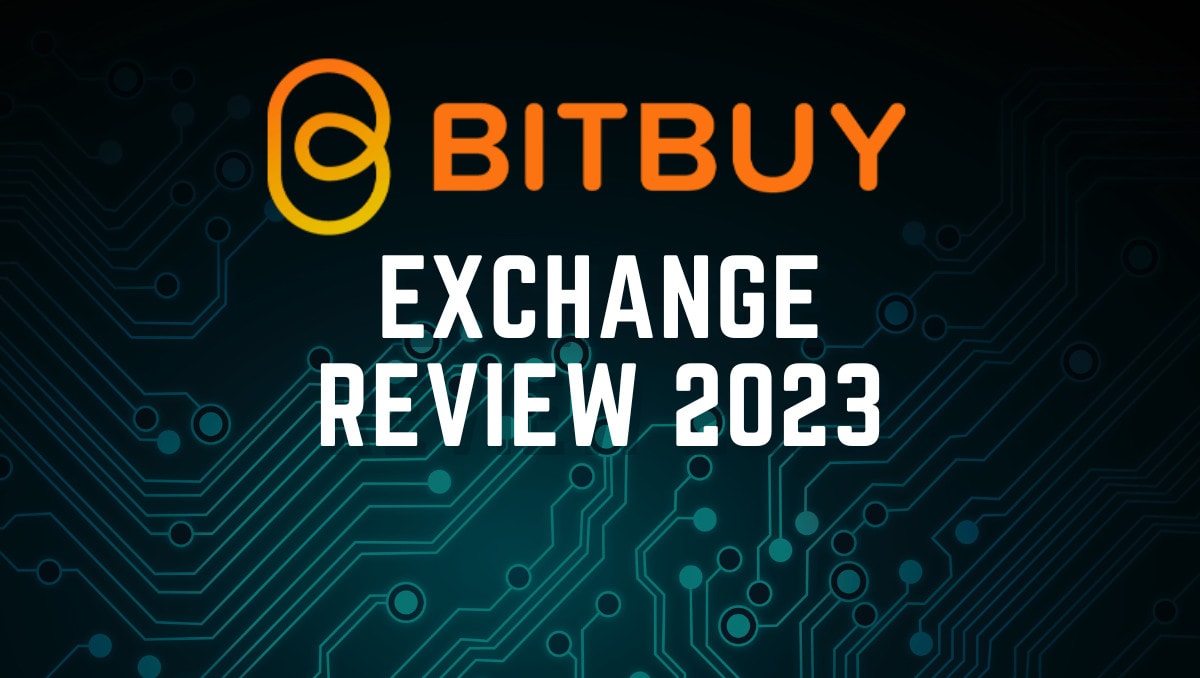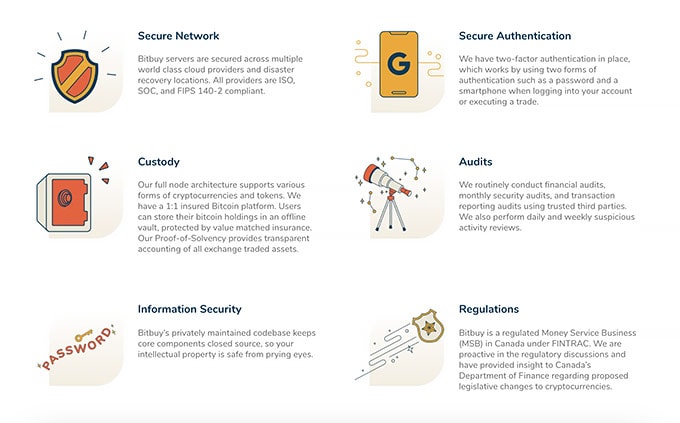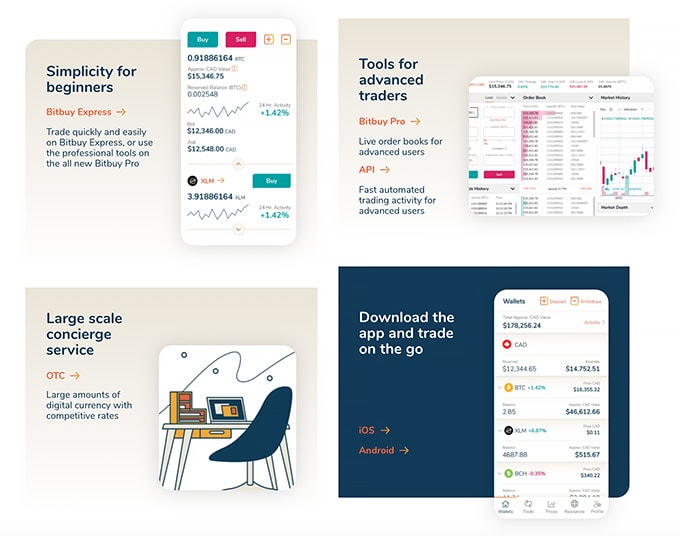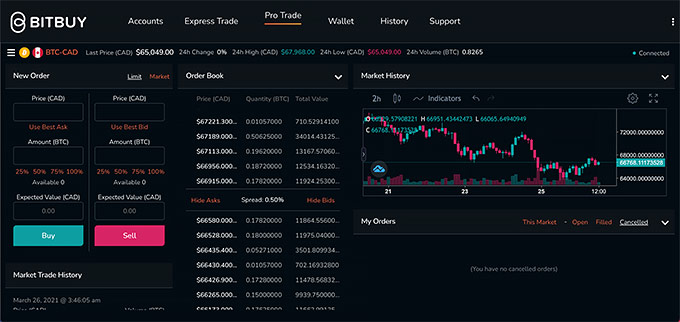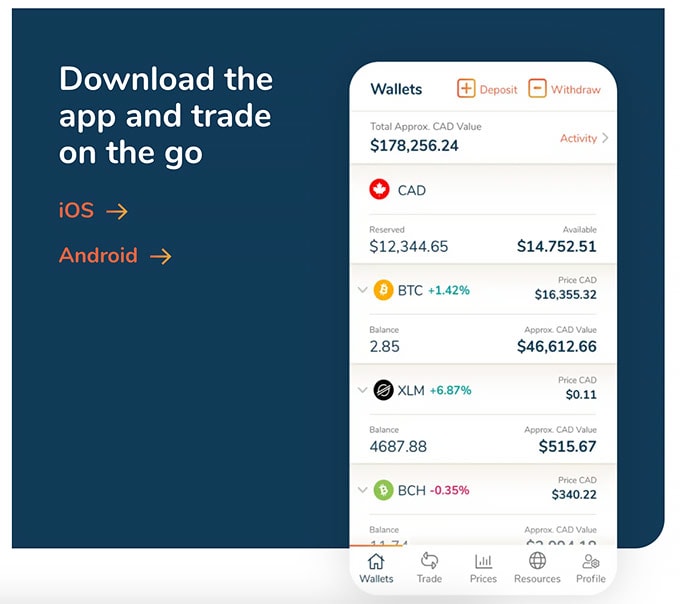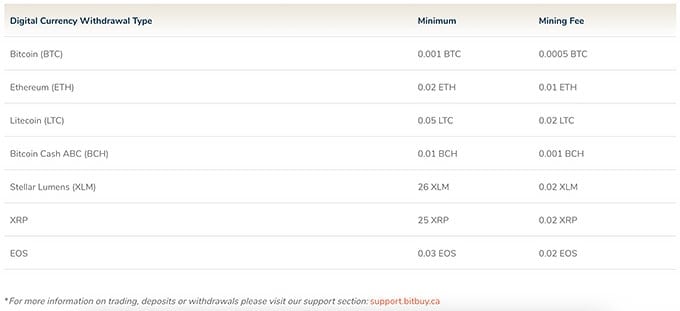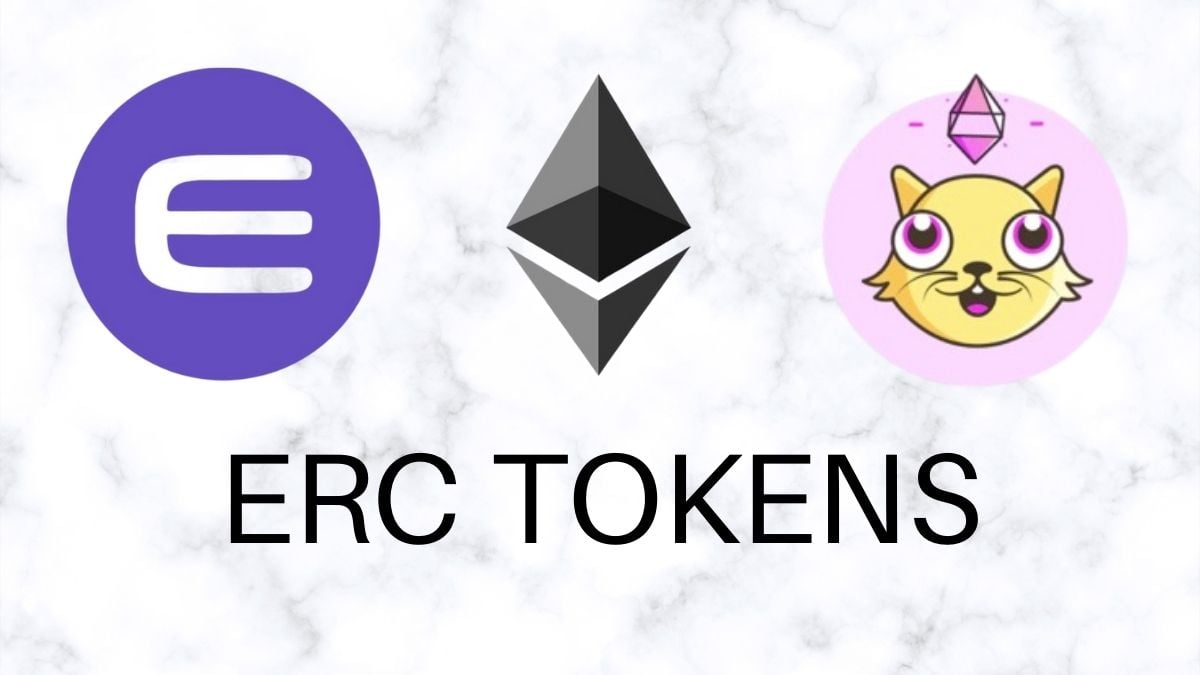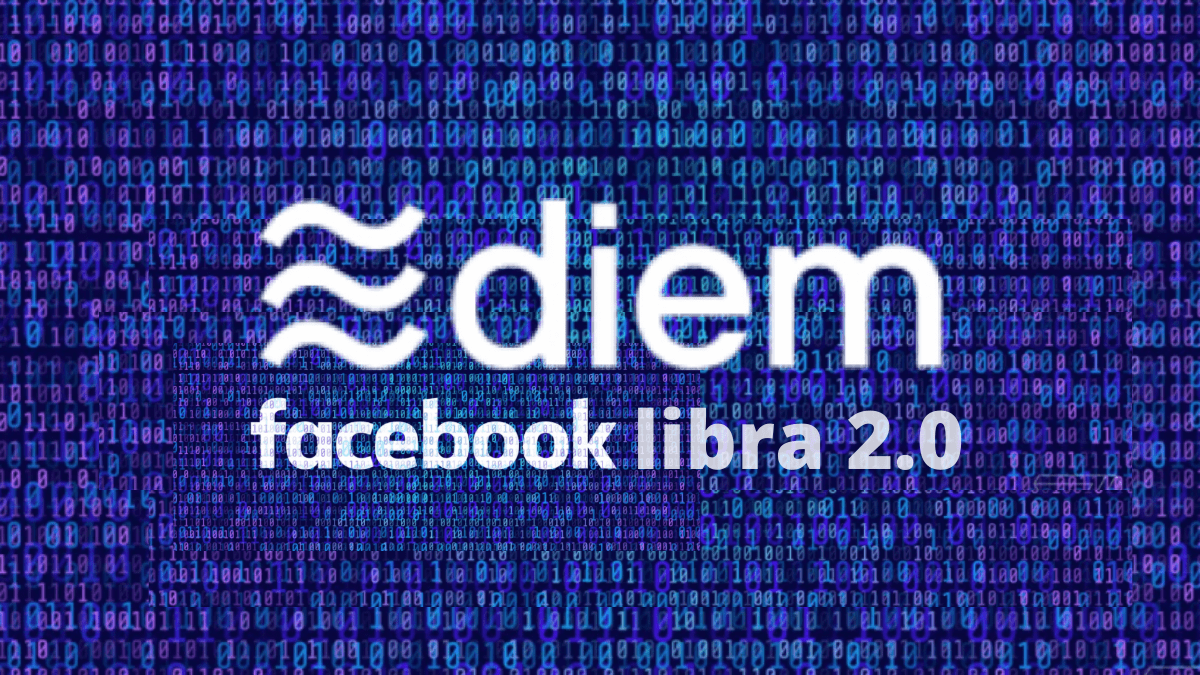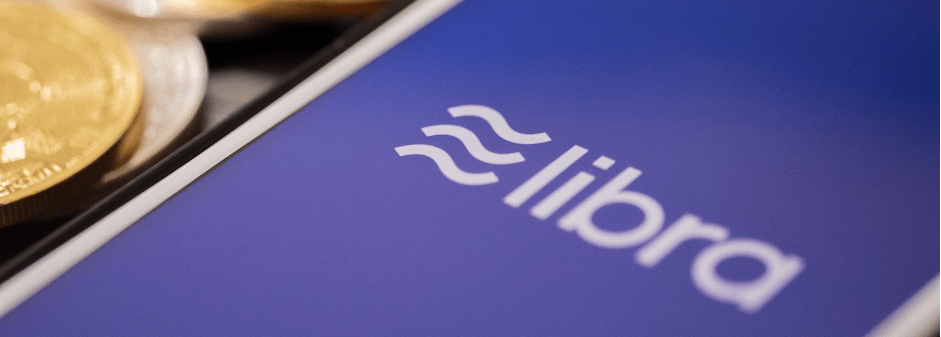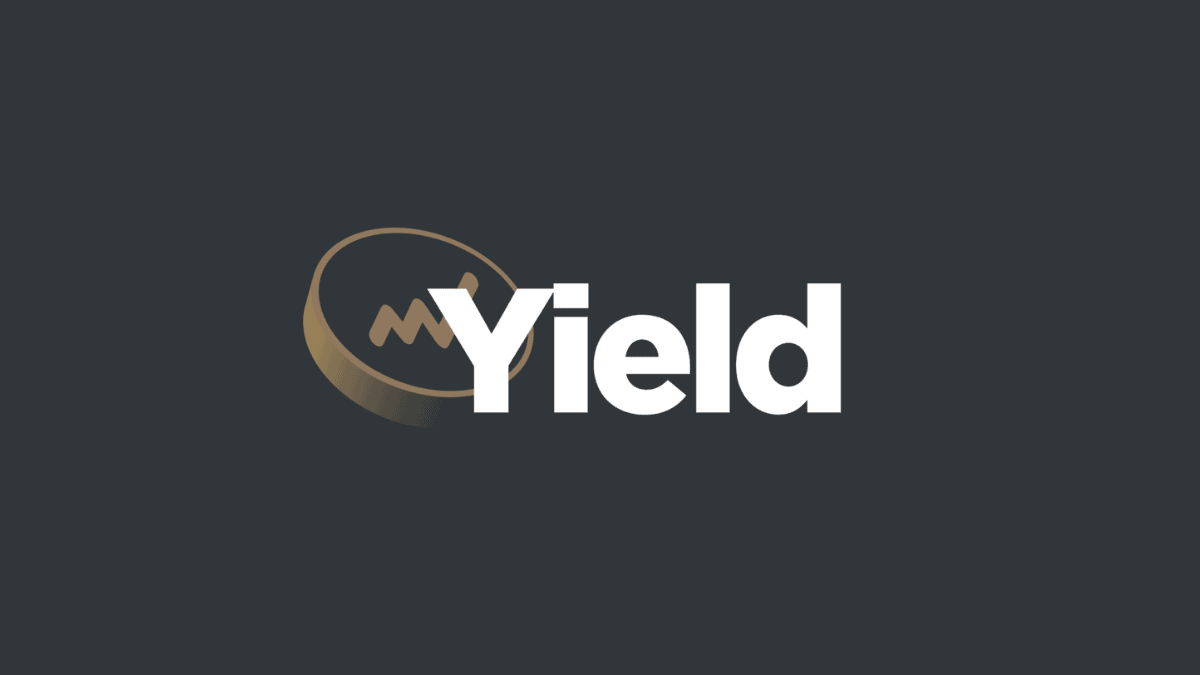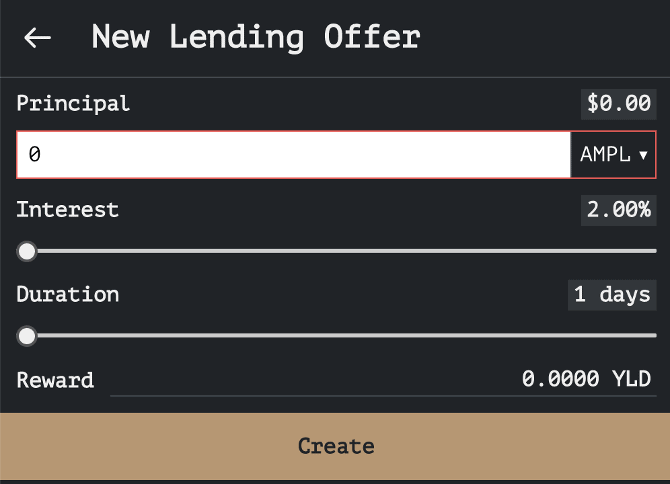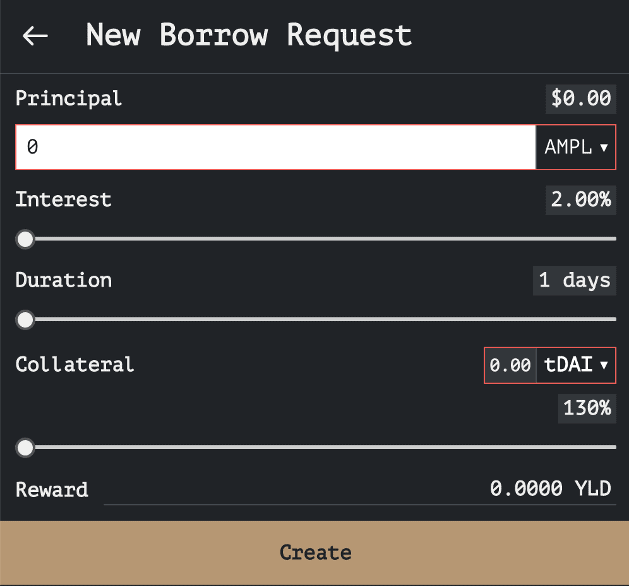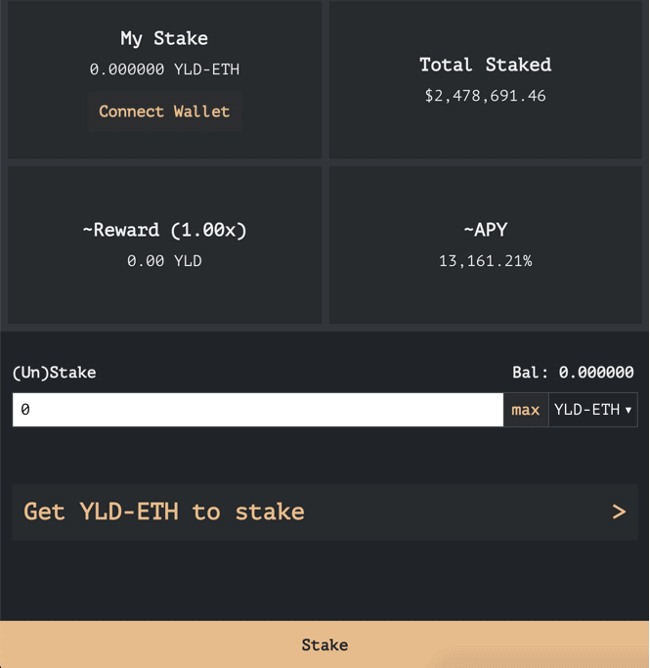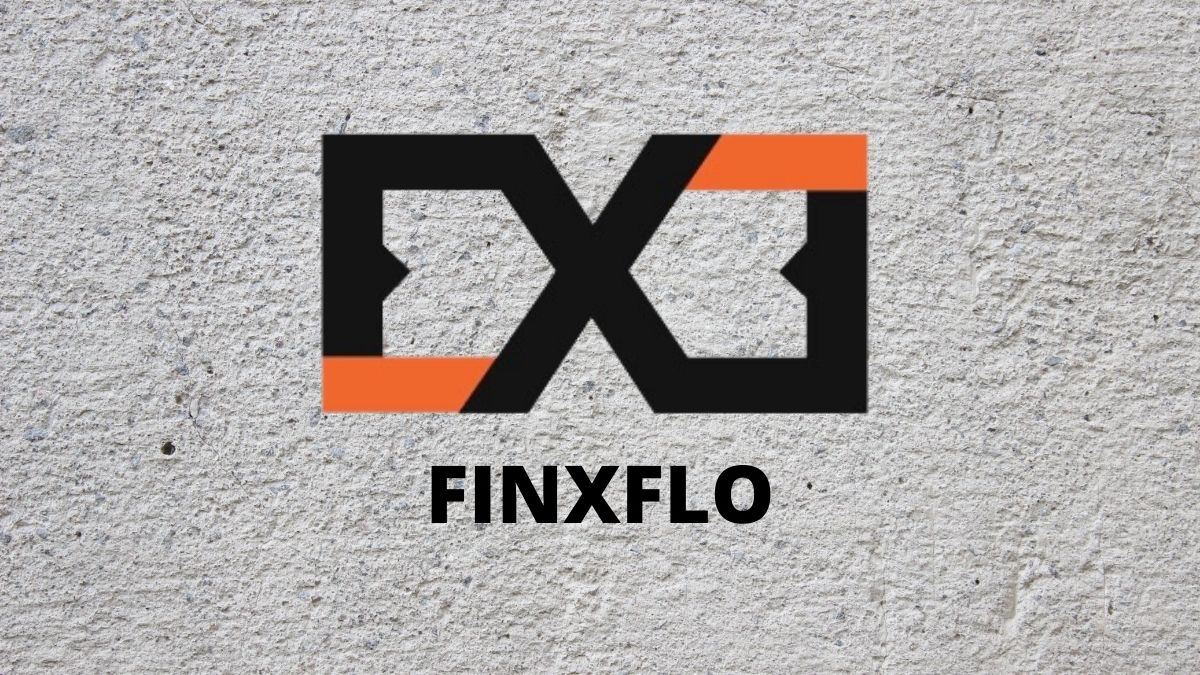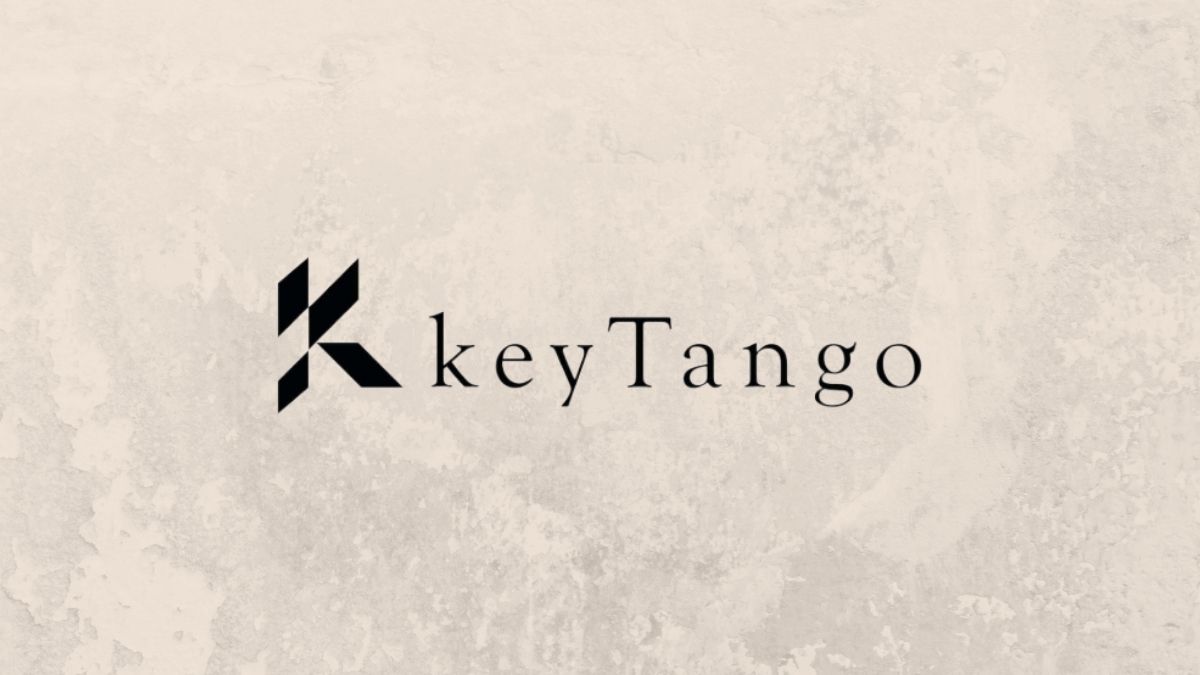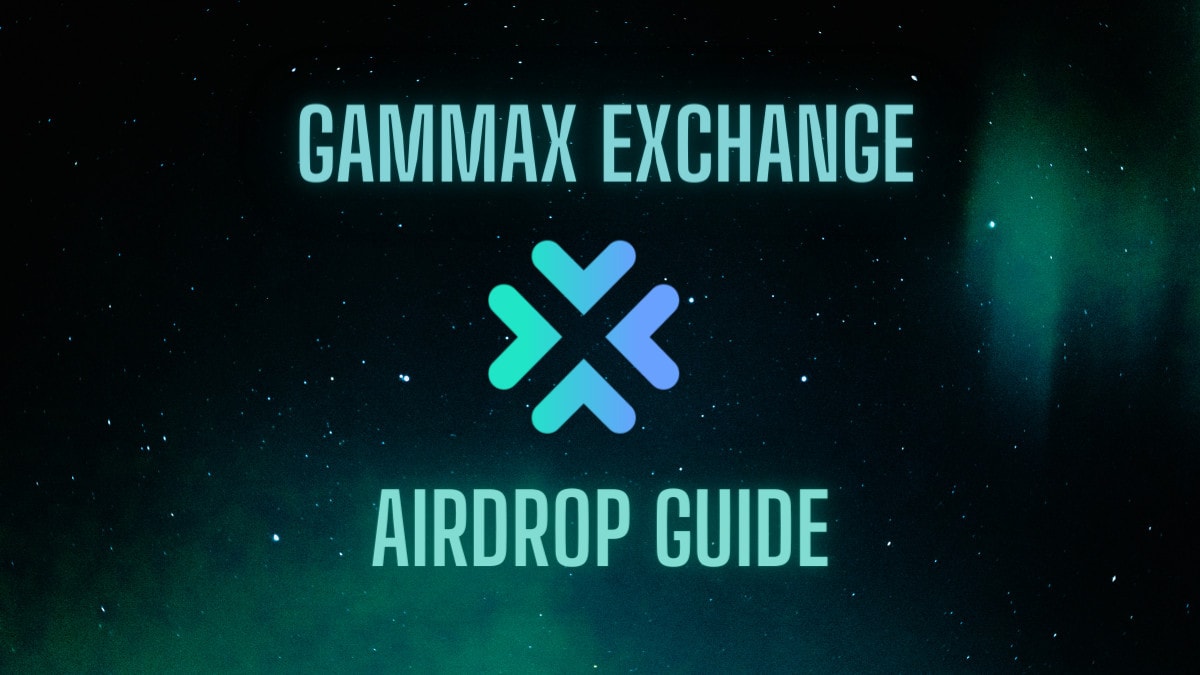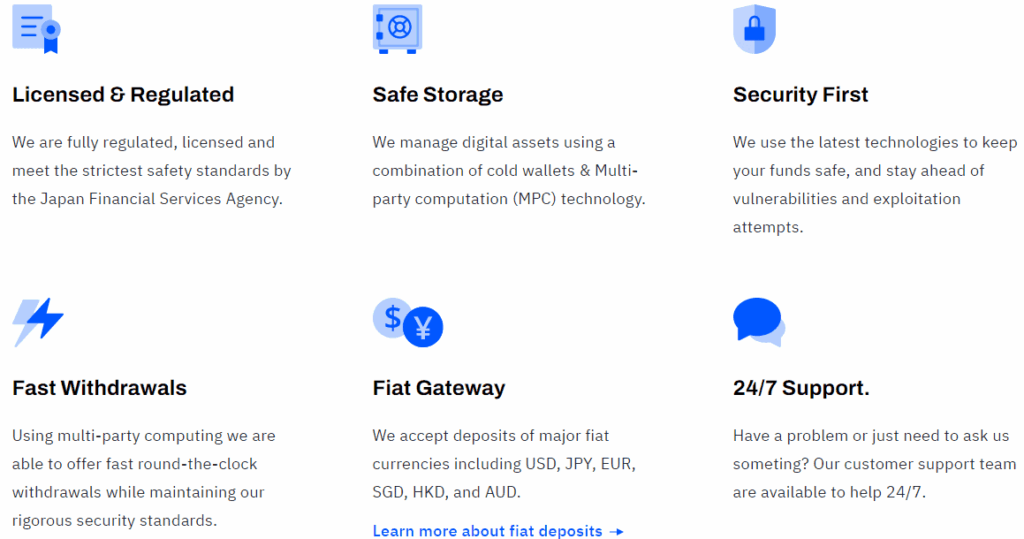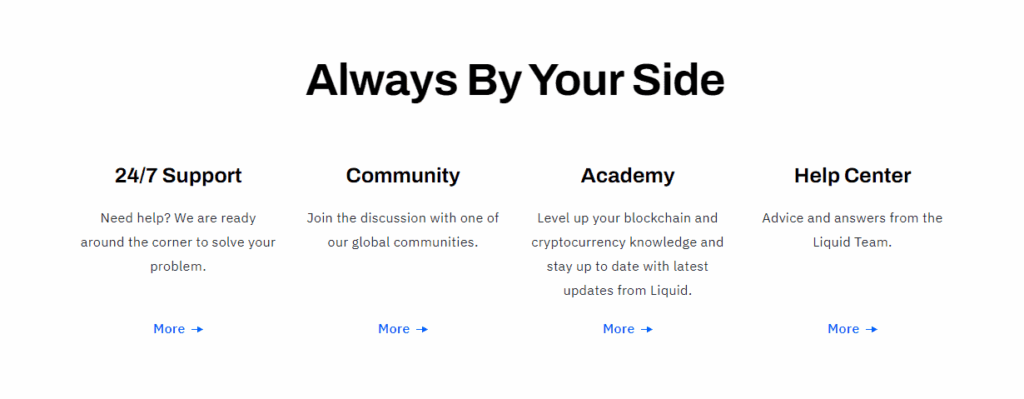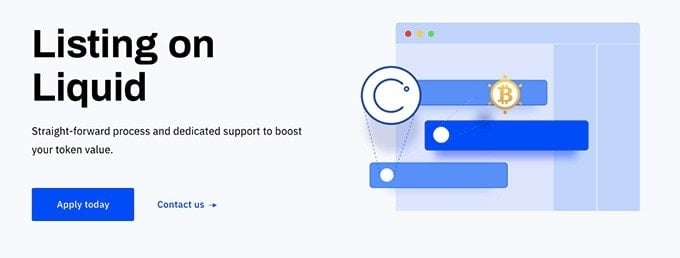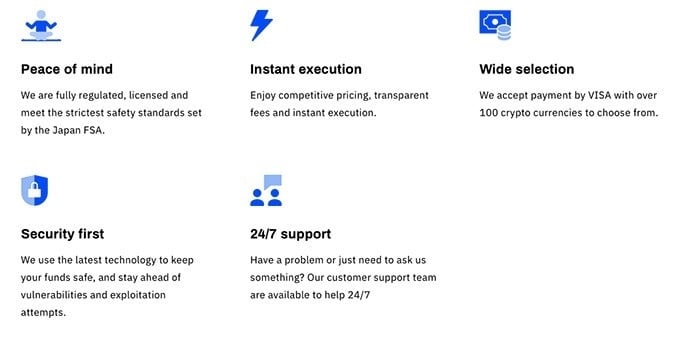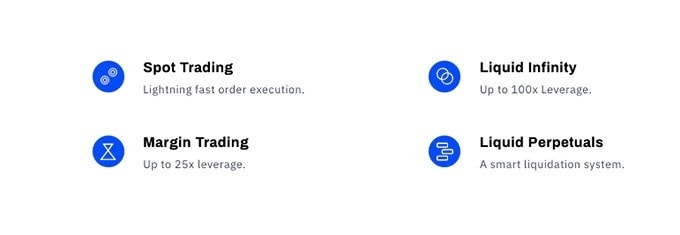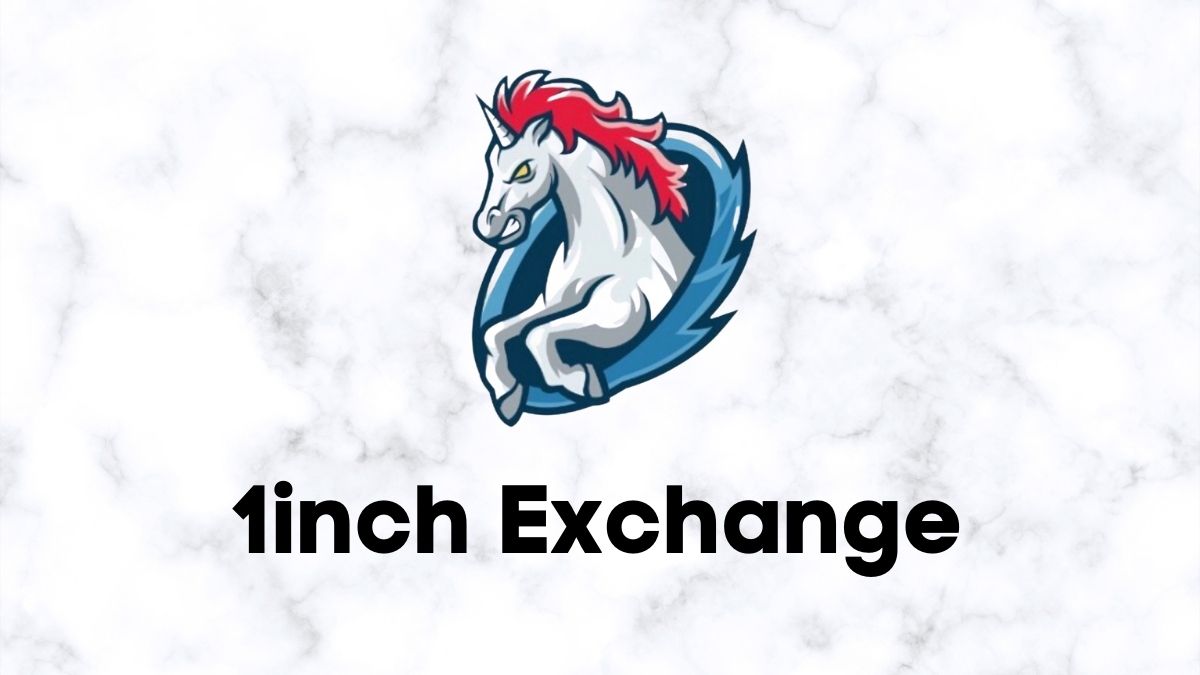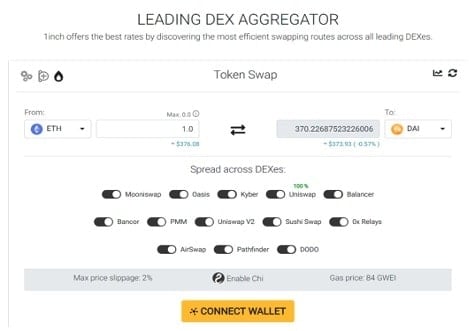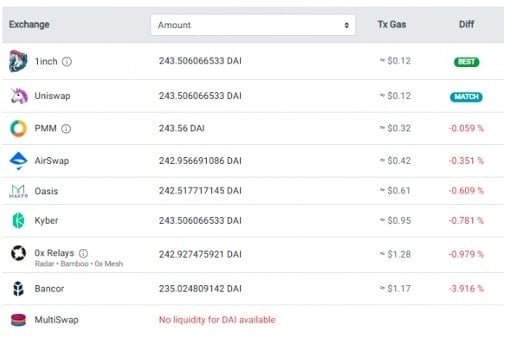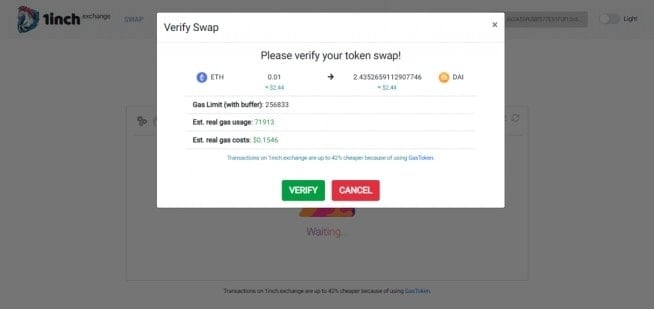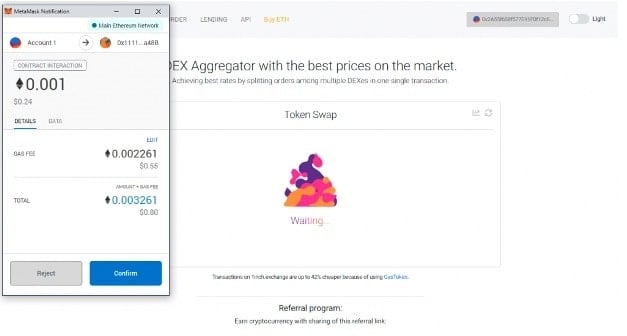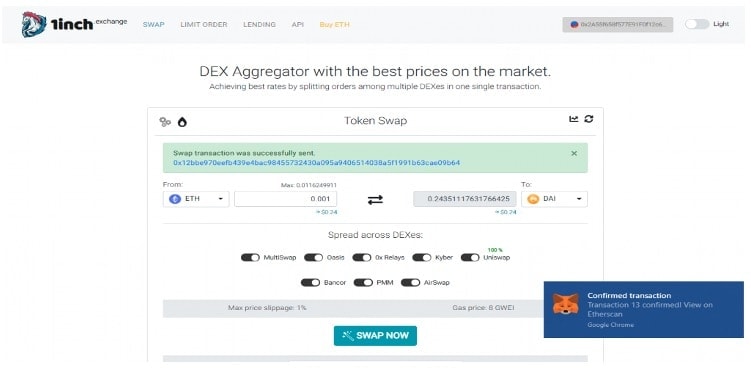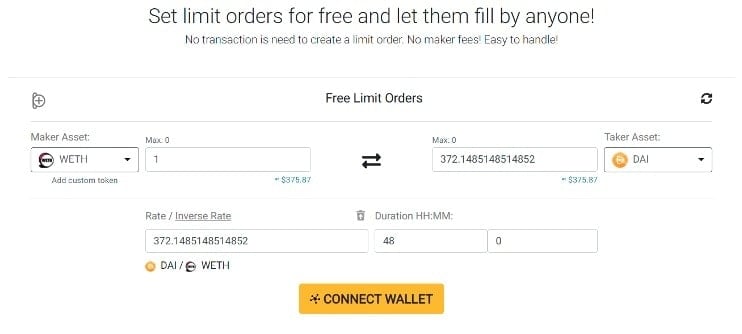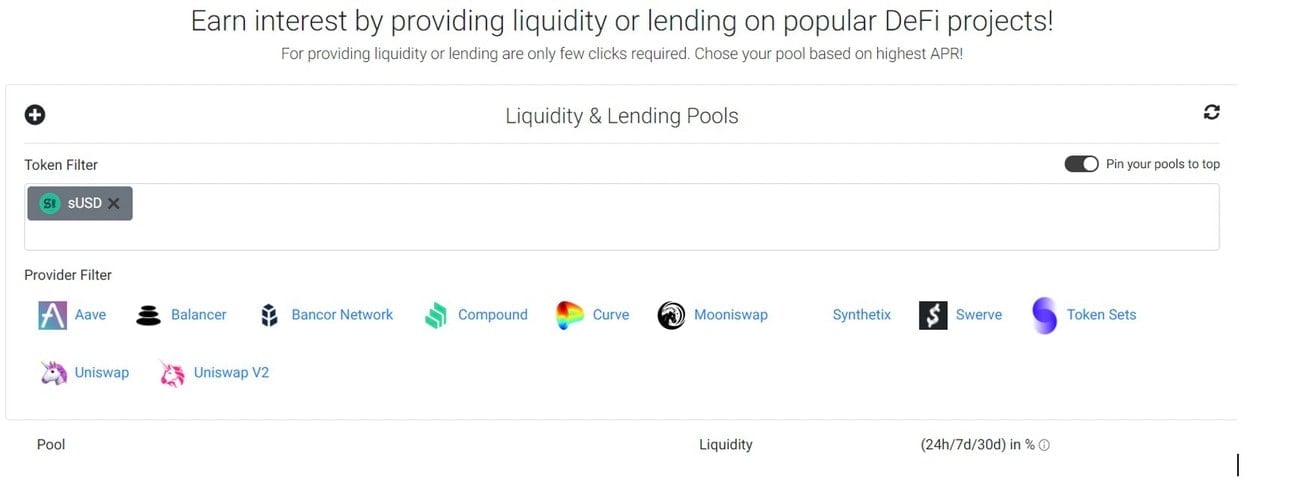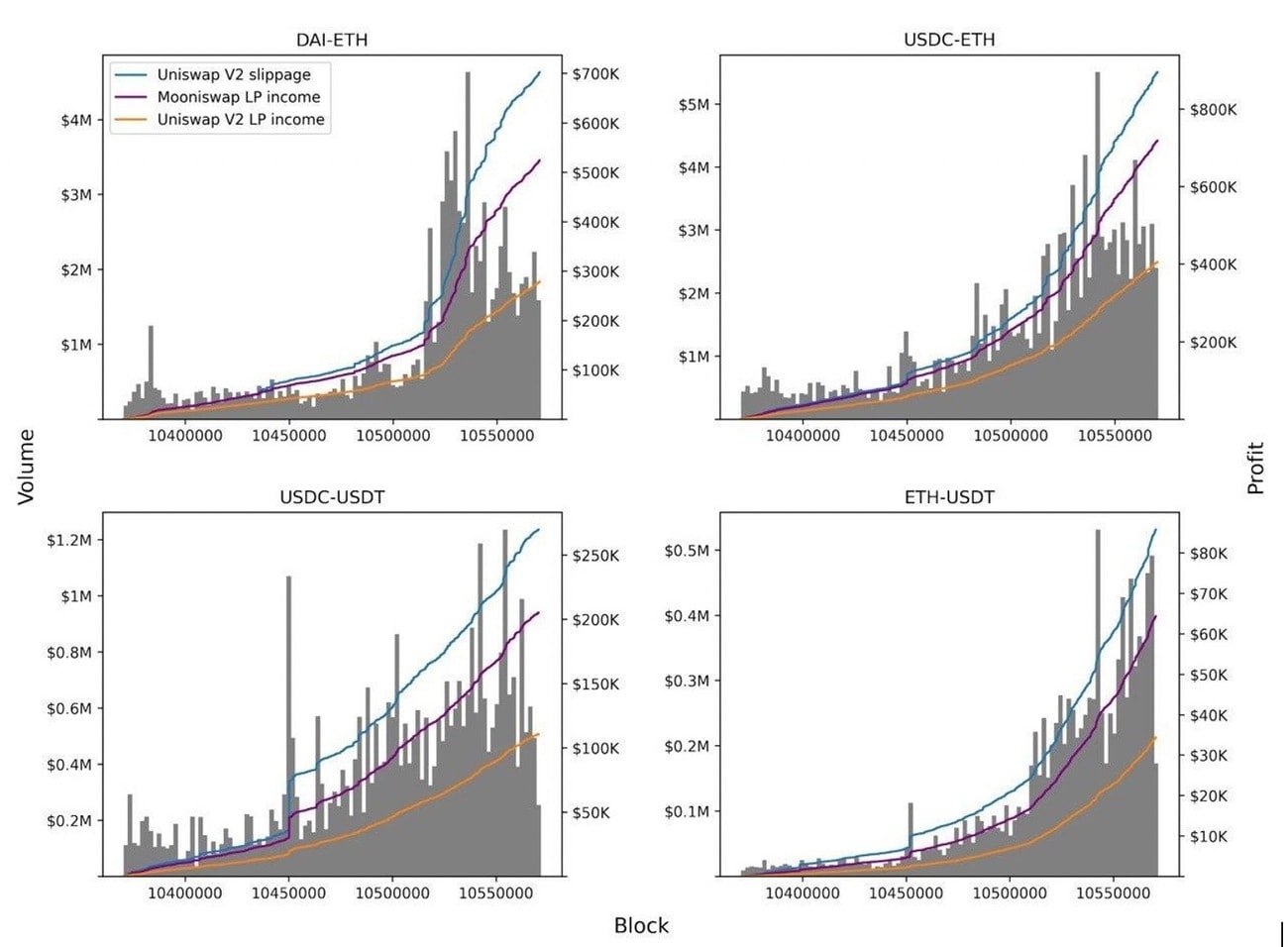Cryptocurrency exchanges allow people to buy/sell/trade cryptocurrencies such as Bitcoin or Ethereum. Here are our picks for the top cryptocurrency exchanges of 2023:
- Tier 1: Binance, KuCoin, SwissBorg, Coinbase, ByBit
- Tier 2: Kraken, Huobi and OKX, Gate.io
For this article, we also split our picks for top cryptocurrency exchanges of 2023 into 2 tiers. Exchanges that we at Team Boxmining use frequently are in Tier 1, and those we occasionally use are in Tier 2. However, this is only based on our personal preference. You should also always check if the exchange is available in your country and if there are any restrictions.
To see how our list compares to 2022, check out: Top Best Cryptocurrency Exchanges 2022
What makes a good or bad cryptocurrency exchange?
In our view, a good cryptocurrency exchange would have the following features:
- A good security track record: A good cryptocurrency exchange should not have suffered any significant hacks. And even if there have been hacks, a good exchange reacts quickly and ensures customers’ funds are fully recovered.
- Transparency: A good crypto exchange will be open about where users’ deposits are held. They should also promptly update customers when any issues arise, such as when there are hacks or negative press.
- Responsive customer service: Good cryptocurrency exchanges should have 24-hour customer support and multiple points of contact e.g. email, live chat, etc.
On the other hand, here are some features we’ve noticed with bad cryptocurrency exchanges:
- No KYC (know-your-customer) policy: KYC is admittedly troublesome. But, it is a necessary safeguard for all crypto traders: This is because if the exchange collapses or there is a hack, KYC proves you are their client and that any funds deposited belong to you.
- Issues with withdrawals: Some exchanges have been known to ban or suspend your account for large withdrawals or trades without notifying you first. The exchange will then make you communicate with them to “resolve” the issue.
- No proof of reserves: The collapse of FTX exchange brought to the forefront the question of how crypto exchanges really handle customers’ funds. Since the incident, many major crypto exchanges have taken the initiative to provide evidence showing that they have funds to cover all users’ assets 1:1.
Top Cryptocurrency Exchanges 2023: Tier 1 (Active Trading)
Binance
Binance was founded in 2017 and has over 120 million registered users. Since the collapse of FTX, Binance has (by far) the highest 24-hour trading volume and monthly site visits. Binance also supports over 1,300 cryptocurrencies, making it a good choice for any level of crypto trader. In fact, Binance is so popular that the mere news of new coins being listed on the exchange can cause its prices to skyrocket.
The popularity of Binance has made its CEO Zhao Changpeng (CZ) a celebrity in the cryptocurrency community. His Tweets now have a significant influence on the cryptocurrency markets.
As for security measures, Binance has an asset fund as insurance in case of misappropriated user funds. Binance has also provided proof-of-reserves showing they have sufficient funds to cover users’ assets 1:1 plus additional reserves.
Binance offers services to US customers via Binance.US. But Binance.us has fewer supported cryptocurrencies and features.
Binance is Team Boxmining’s most frequently used exchange. It is easy to use and has a responsive customer service team. Credit is also due to Binance being able to overcome every wave of FUD (fear, uncertainty and doubt) that has come their way so far. In fact, in December 2022, there were rumours that Binance did not have sufficient reserves to meet clients’ deposits. During that time, many crypto traders withdrew funds from exchanges, which Binance nevertheless handled very efficiently.
Binance also caters to experienced traders with advanced trading options and plenty of analytics. Novice users will inevitably experience a learning curve, but once you find your way around, it becomes almost second nature.
For a detailed look at what Binance offers, check out Binance Exchange Review: Best Crypto Exchange?
KuCoin
KuCoin refers to itself as “The People’s Exchange”, serving over 20 million customers in over 200 countries. They have over 700 supported cryptocurrencies meaning you can trade lots of small-cap tokens with low trading fees. $KCS token holders are also entitled to 20% off trading fees.
At Team Boxmining, we find that when trading small-cap coins, we need to use MetaMask and then trade on platforms such as Uniswap or PancakeSwap. And if it’s an ERC 20 token you would have to pay ridiculously high gas fees. Not to mention you cannot do this on the go via mobile phone. Therefore, if these small-cap tokens are listed on KuCoin, you can save a lot of unnecessary costs and missed opportunities.
We at Team Boxmining love using the KuCoin app as it allows us to trade everywhere. The app is also very responsive and not buggy. We are also very happy to see that KuCoin’s updated app allows you to filter your trading history to only see your current trading pair. So now you can quickly see the price at which you previously traded the same coins. The KuCoin app is not buggy, unlike Gate.io as will be seen later.
It is also worth mentioning that KuCoin have suffered hacks in 2020 and 2021. Although they were unable to completely recover the stolen cryptocurrencies, they were still able to make users whole through their insurance fund.
SwissBorg
SwissBorg is an extremely popular exchange amongst European crypto traders. Based in Switzerland, they are fully compliant with Swiss Law. However, compared to other exchanges, SwissBorg has very few supported cryptocurrencies (around 30 cryptocurrencies and 16 fiat currencies). But, they will consistently add new ones.
SwissBorg’s Smart Yield is a popular feature that allows users to earn passive income. Users deposit cryptocurrencies into their Smart Yield Wallet and they can redeem yield every 24 hours without any minimum investment period. The amount of yield varies according to market conditions and on which cryptocurrency. So for example, currently USDT yields 5.30% p.a., whilst Swissborg’s native token $CHSB yields 15.82%!
One major downside however is that SwissBorg is not available in the US. Also, not all its features are available in every country. See here for which Swissborg features are available in your country.
Learn more about SwissBorg’s native token- SwissBorg ($CHSB): What is it?
EXCLUSIVE: sign up for SwissBorg for FREE CHSB!
Coinbase
Coinbase is arguably the most popular exchange in the US. They are the first publicly listed US crypto exchange and they are fully compliant with US laws. Their mobile app is also very beginner friendly and allows users to directly fund their account from their US bank account.
Learn more with our Coinbase Review.
ByBit
ByBit is mostly known for derivatives trading. This is because ByBit allows trading at up to 100x leverage. This means traders can trade a position worth $10,000 using only $100. However, this means whilst your gains can be amplified, so can your losses.
ByBit has not been hacked. They, along with most major exchanges, have also provided proof-of-reserves showing that they have sufficient cryptocurrencies in their wallets to meet users’ assets.
However, ByBit is not available in the US. Also, there are no KYC procedures, which means that if there are issues with the exchange, there may be difficulty in proving to the exchange that you have deposits with them.
ByBit has its own coin, known as BitDAO ($BIT) which entitles holders to trading fee discounts. But compared to other exchange tokens (e.g. Binance’s BNB), BitDAO is not widely traded.
Whilst ByBit also offers a wide range of products, we only use ByBit for its derivatives trading features. This is because ByBit has comparatively fewer supported cryptocurrencies. However, for derivatives trading, we appreciate its industry-leading transaction speeds (135,000 transactions per second!). It also has a high trading volume meaning that there will consistently be others you can be trading against at any given time.
Top Cryptocurrency Exchanges 2023: Tier 2 (Occasional Trading)
Kraken
Kraken was relaunched in 2013 and are popular amongst the European cryptocurrency community. The exchange supports over 185 cryptocurrencies (see here for a full list) and offers limited services to US customers.
Kraken offers spot, margin and futures trading. But one standout One welcome feature is its OTC (over-the-counter) desk services. This allows traders to execute peer-to-peer orders off the Kraken exchange. It is a personalised and private service popular amongst institutional or high-net-worth traders. This is because OTC desks allow for better deals on larger orders.
Learn more- Top Bitcoin OTC Brokers: Efficiently trade large volumes of Bitcoin
Huobi, OKX
Huobi and OKX were the most popular cryptocurrency exchanges in China. Despite a crackdown on cryptocurrency trading in China, they have still managed to hold on to some of their customers. They are also both still within the top 10 exchanges with the highest 24-hour trading volume according to CoinGecko.
Both exchanges still keep updated on what customers expect from a reputable cryptocurrency exchange. For example, both exchanges have data showing their proof of reserves. They have both also taken an extra step to hire third parties to audit their assets so as to reassure users the exchange has sufficient funds to back customers’ assets on the exchange.
Gate.io
Gate.io is based in Hong Kong. They have over 1,500 coins and 2,700 trading pairs. One major benefit of Gate.io is that it offers trading of low-cap and lesser-known coins.
They have previously been revealed to have covered up the fact that it was hacked for US$230 million in 2018. Gate.io has not directly addressed this allegation and whether affected users were made whole. Nevertheless, the exchange has provided proof-of-reserves.
Whilst we do use Gate.io almost daily, we struggle to recommend it as a tier 1 exchange. The main reason is its buggy mobile application. Favorited trading pairs or displayed holdings would sometimes disappear. Also, the displayed withdrawal fees would show different amounts depending on the page.
We have had bad experiences with the exchange. For example, we were not told that a particular coin stopped trading. Worse, we could not withdraw our coins. However, given that they offer trading in some unpopular coins, many customers will have no choice but to use this exchange.
Conclusion
Tier 1: Binance, KuCoin, SwissBorg, Coinbase, ByBit
Tier 2: Kraken, Huobi and OKX, Gate.io
In conclusion, users research an exchange’s track record, security measures, and whether they offer proof-of-reserves. In our opinion, these are good indicators of whether an exchange is reputable. Users, however, should always avoid keeping more cryptocurrencies than necessary for trading. Because you may lose your cryptocurrencies if an exchange collapses. Therefore we recommend any crypto trader get a hardware wallet for storing their coins (such as the Ledger Nano X).
You can buy the Ledger Nano X here.
Disclaimer: Cryptocurrency trading involves significant risks and may result in the loss of your capital. You should carefully consider whether trading cryptocurrencies is right for you in light of your financial condition and ability to bear financial risks. Cryptocurrency prices are highly volatile and can fluctuate widely in a short period of time. As such, trading cryptocurrencies may not be suitable for everyone. Additionally, storing cryptocurrencies on a centralized exchange carries inherent risks, including the potential for loss due to hacking, exchange collapse, or other security breaches. We strongly advise that you seek independent professional advice before engaging in any cryptocurrency trading activities and carefully consider the security measures in place when choosing or storing your cryptocurrencies on a cryptocurrency exchange.
